Sony A7II vs. A7 vs. A7r
Introduction
Just like many early adopters, I am personally somewhat disappointed in Sony’s rapid succession of A7 range cameras. It is true that each has it’s merits and are suitable for different types of photography, but I’ve never totally been satisfied with any of them, and yes I’ve tried them all. Perhaps the Sony A7s is the most versatile of all, suited for a vast range of lighting circumstances, but having only 12 megapixels does limit its use somewhat.
Another issue is the selection of good performing lenses, which is getting better every month. But there are still some significant discrepancies here, like the Zeiss designed 24-70 f/4, which is just horrible considering its price point and the Zeiss tag. The much-praised FE 50mm f/1.8 might be one of the sharpest lenses available according to DXO, but I never liked it in real-life use. I did like the in-house designed 70-200G and the latest wide-angle Zeiss FE 16-35 f/4, but there are still some major caveats in their line-up Anno 2014.
My major gripe has been the inferior autofocus capabilities of all of these cameras. When comparing the A7 range to mirror-less competitors from Fuji or Olympus, it is just a fact that they make better all-round and more usable cameras. It’s true that no other manufacturer currently offer a full-frame sensor, but as I see it, there is a good reason they do not.
Body
Although they might look quite similar, the Sony A7II seems to have gone through a major overhaul. The grip is the first thing you’ll notice and also the placement of the shutter button is different, both feel more ergonomic now. Yes, the A7M2 feels somewhat heavier, but now balances nicely with the larger FE lenses and adapted A-mount lenses.
The body width has also increased, this to make room for the 5-axis sensor stabiliser, and this extra space means there is room for a second customizable button on the top plate.
It’s a pity they did not take the time to design a longer lasting battery. Yes, Sony would have taken some slack for that, but let’s face it, the NP-FW50 will need to be replaced somewhere in the near future. 400 shots max just does not cut it.
The screen also features a more integrated design with a slanted edge. This design means that 3rd party manufacturers will need to adjust the dimensions of their screen protectors.
Overall, the body and finish look a lot more sturdy than the original A7, more like the premium build of the Sony A7r and A7s.
ISO performance
Although the A7II uses the same sensor as the A7, I’ve read that some photographers seem to find that the former handles high ISO noise better than the latter. Well, I can tell you that this is not the case. Sure, Sony tweaked the Noise reduction algorithms for Jpeg shooters, but RAW images look exactly the same. I’d even go as far as to say that the Samsung NX1 or Fujifilm XT1 fare better at medium ISO than the A7. These facts all makes you think that the Full Frame versus APS-C sensor discussion is mostly an advertising gimmick… Well, it is to a considerable degree.
This not to say that the A7II does not yield beautiful images, it does. I always liked the look of images shot with the A7s, and this camera looks more like those images than the original A7 or A7r.
Autofocus
An area where the ILCE7-M2 has improved is autofocus capabilities. Sony already tweaked the AF algorithms for the ILCE-7s, with better performance, and have implemented in this camera too. Low Light AF is now usable, but it makes me wonder why they don’t just update the A7 firmware to include these tweaks. It’s the same sensor, some processor; it should be possible. Fujifilm recently released firmware for all their camera models, with added features like a full electronic shutter, why don’t Sony do this?
I realise new firmware development costs money and resources, but these cameras are big investments, and it would be nice to see my money stretch a bit further than six months to a year. Especially when the camera has major issues from the release date.
5-axis stabilisation
Sony owns a significant part of Olympus, who have incorporated sensor stabilisation systems (called IBIS) in their cameras for years. Earlier this year news leaked that Sony had acquired this technology and would be integrating it in their future cameras. Sony seems to have adapted this technology for use with full frame sensors and claim it is a proprietary self-designed system.
Now I have used and owned a fair few Olympus cameras and sensor stabilisation can give you an edge when shooting in low-light or with movement. I never found it to be a miracle worker though, as it at times gives you strange results like partly stabilised images, blurring of edges, etc. Like with lens stabilisation, many photographers prefer to turn it off for crucial images beyond the casual snapshot.
Conclusion
So which camera would I buy? The Sony A7II, A7, A7r or A7s? Honestly, none of these at the moment. It’s true that the Sony A7II is a very capable camera, it’s what the Sony A7 should have been from the start. But they seem to be more occupied with being the first in the world to add new technology to their cameras than producing a useable tool for photographers.
This is not the same company that released innovative products the first walkman or Diskman, it’s a company erratically releasing new models at premium prices and blindly chasing consumer demand. I remember reading a comment on the Zeiss blog about a well-known photographer who bought an A7r because of the hype. He went out to do some street photography shooting in New York and discovered in post processing that only 20% of his shots were actually in focus. Well, the good news is that he’ll get double that number with the A7M2. But is that enough? I prefer a camera that gets me in the 80 percentile, be that an APS-C or not.

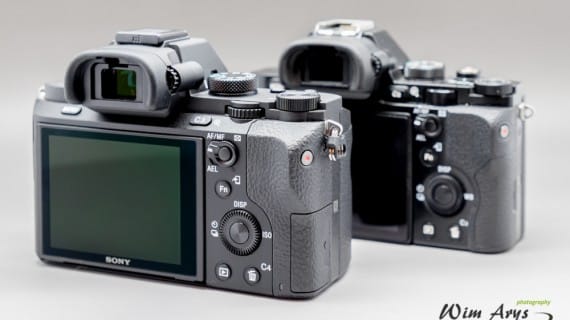
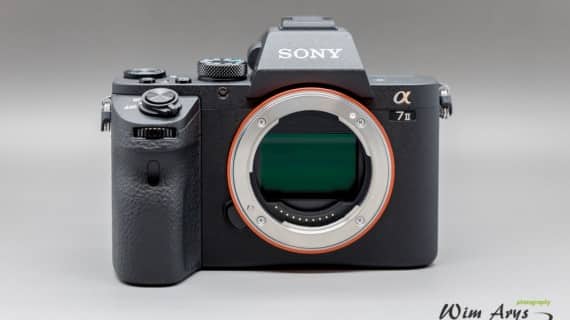
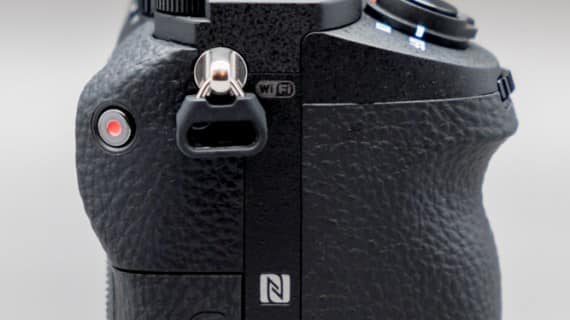
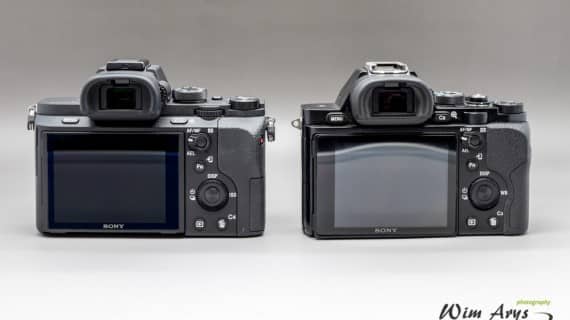
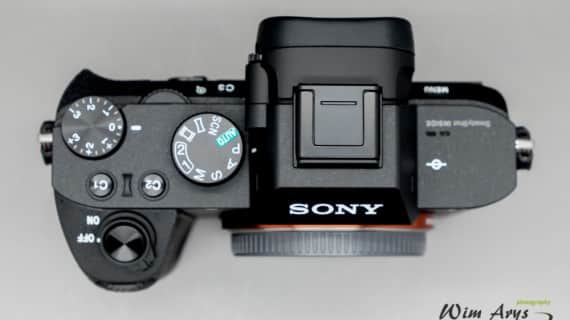
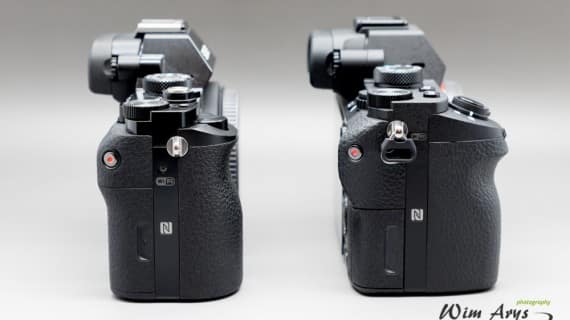
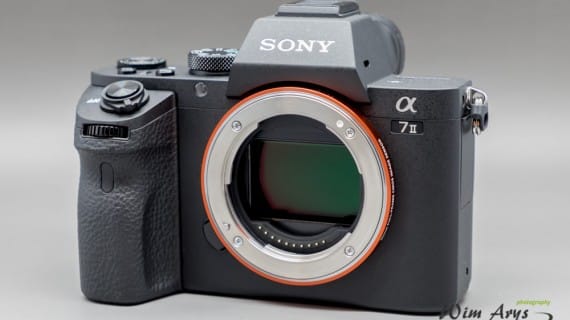
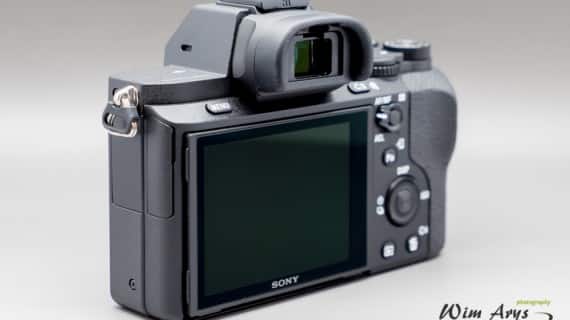
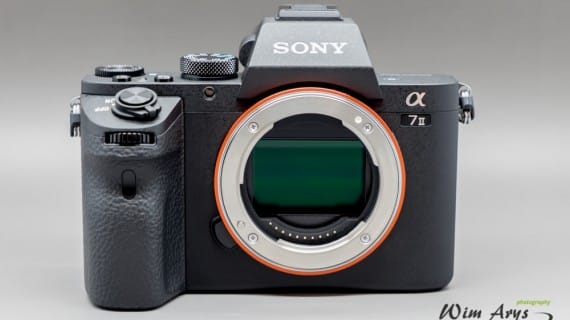
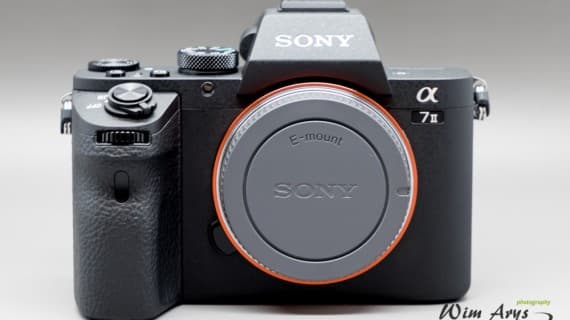
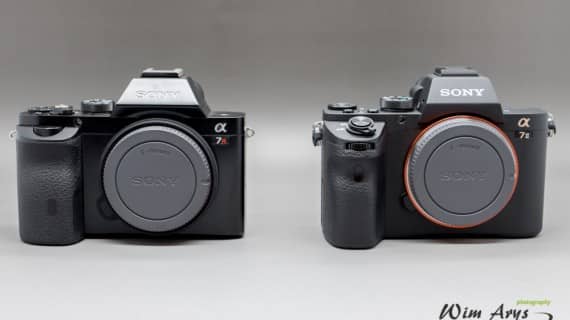

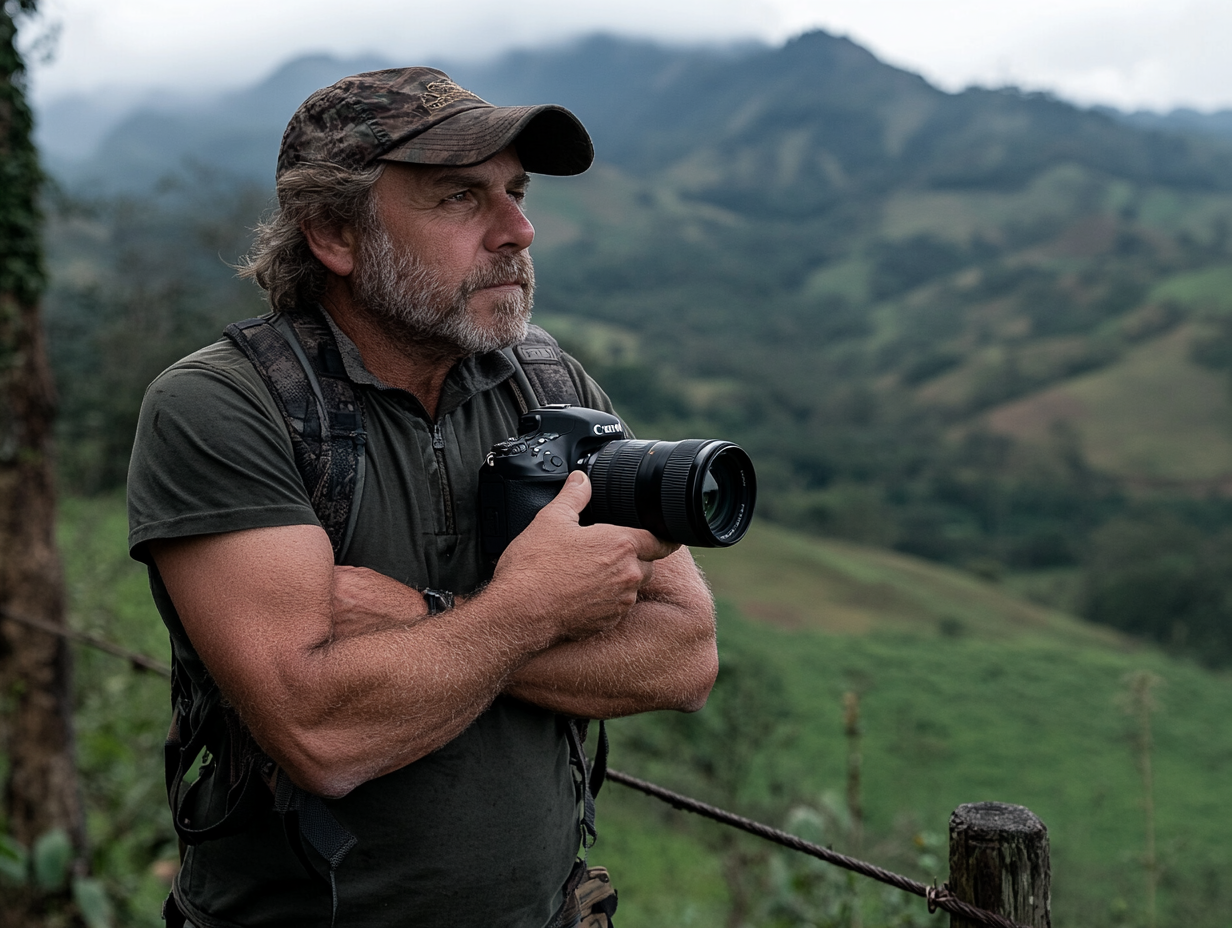
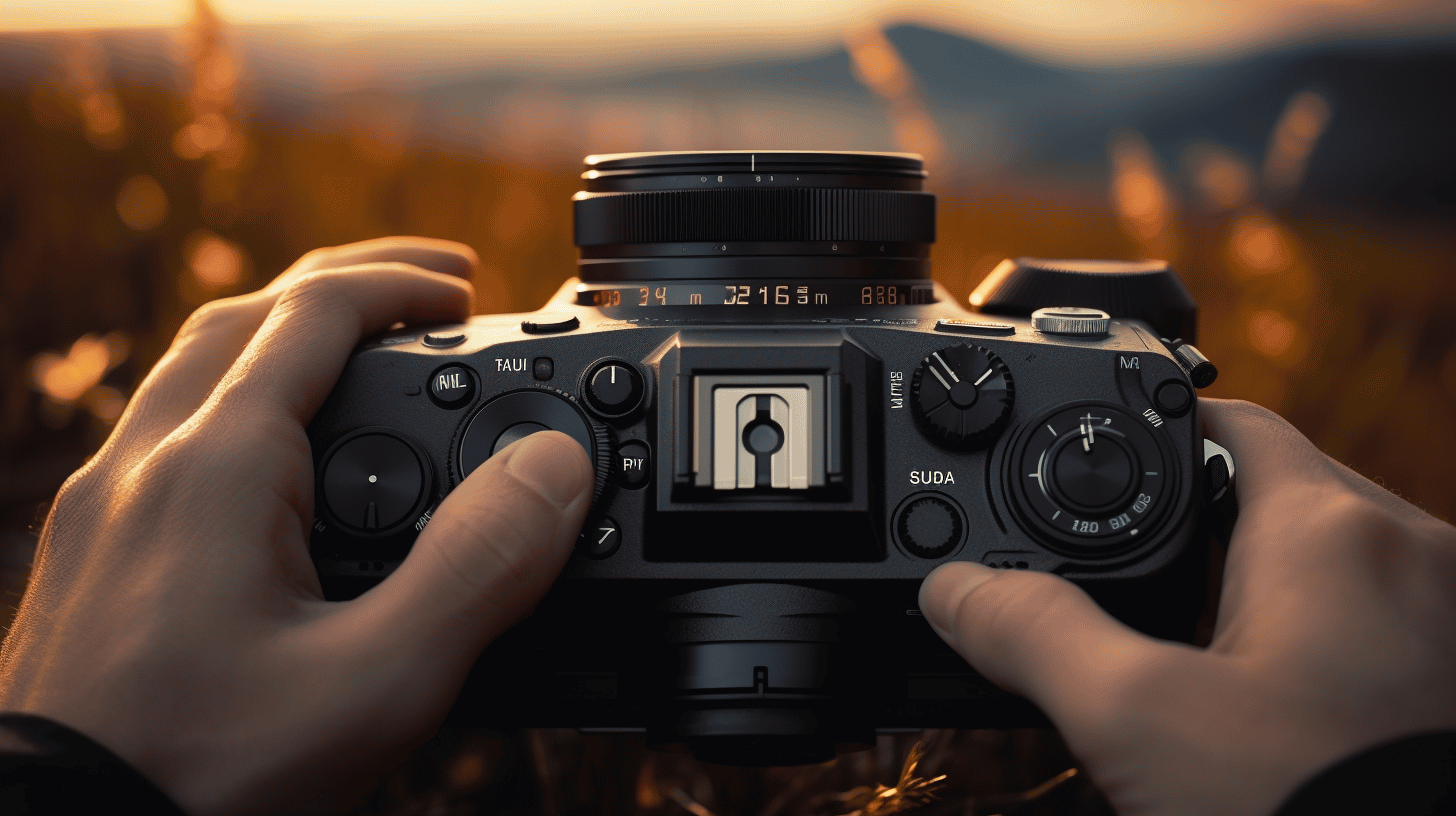
another good job from you. well done.
Thanks Alexander!
A Balance View:
Thk u for providing a public site that ppl come for advice and facts for their future camera/lens purchase, or to improve their knowledge. However, Wim Arys your latest post/blog is ‘not’ up to ur usual standard of being balanced:-
1.To imply that prosumers, amateurs and professionals have no sense to have bought Full-frame cameras, because “APS-C is just as good or even better, and Full-frame is just marketing hype”, is a bit insulting.
2. To criticise one brand of camera in such an unbalanced way is just misleading. I am a Canon user and used to be a Nikon fanatic, and thinking of fully trying Sony cameras. After reading your post I would have been put off trying the A7R, but fortunately had friends who rave about the A7 series of cameras. To ‘knock’ any brand is just misleading to those who come to your site – in this case you are obviously giving a v negative view of Sony.
3. Taking only the weak points of any camera and ranting on about it over and over again is very imbalanced (eg. More lenses are needed; we and Sony all know this, but it takes time to produce more and more lens designs).
4. Most photographers know that the SonyA7R , with 36 MP, is not designed for sports or other fast photography such as street. Sony openly states about it’s slow autofocus and that it is better suited to landscape. For a professional to knowingly take it to shoot fast action street photography and then complain that it’s autofocus is “not good” – implying that the whole A7 series of cameras is not good, is just plain ridiculous, and worst still, it is misleading for ppl who have not had the chance to try a Sony camera yet.
Maybe you are taking out some frustration, with a rant about one of the camera manufacturers. Please rant… but try not to do it on a site that misleads ppl.
I know you can pick my reply to pieces but I am sure you know what I am getting at. Please don’t misunderstand, I really like your site… and have come to it regularly… I have taken the time to write this long comment as I want to keep coming to your site. Pls get back to your usual standard. Thk u
Hi Rob, thanks for your feedback and taking the time to write this. I’ve been using the A7 series, along with many other cameras, since the initial release in 2013. When I write a post like this, I always keep in mind that I want to add something to the conversation, and not just go over the specs or rehash what has has been written dozens of times. This post has been written after countless shutter actions with the A7, A7r, A7s and A7II in mind, and I think it would be wrong not to update my findings after 6 months, after a year… Would you really want me to ‘like’ all cameras I try? It’s true that there is no camera out there today that is ‘bad’ or unusable, and with the correct use they all can yield fantastic images. I just think that currently there are better options out there for the majority of photographers. Sony did release some nice cameras last year, the A77M2 to name one, their most useable camera up to now. But guess what? Their best camera with a great lens selection is not selling at all. Maybe we’re hyping these FE cameras too much, and not supporting true innovation by making the wrong purchasing choices. Anyway, I do value your opinion and will keep this in mind in future posts.
Thanks for the comparison but you really might want to proof-read stuff before publishing.
Very welcome, perhaps you should not have skipped those English classes in school…
I agree with you on the way sony comes out with it’s products. They tend to product high quality items that lack the support and options that other companies give you. For example, they created a better aesthetic business laptop than lenovo, but it lacked many features that someone needs in a business model.
They have came out with 4 cameras of the same ilk, when they should have released one camera.
I do love the sony a7 series for it’s ability to use different lenses, but I will wait because the high iso is simply terrible.
Hi Eddie, yes it’s difficult for an outsider to know what exactly is going on at Sony HQ. Let’s hope things will improve in 2015, I’ll be the first to applaud this. There are some good signs, like a nice firmware update for the A77II last year and now one for the A7M2, and the latter is their best FF mirror-less camera up-to-date. Perhaps the most frustrating part is that the technology and know-how is there, they just need to push the limits a bit more.
Hello Wim,
Thanks for your reviews 🙂
As you I’m from Belgium and as you, I’ll consider myself as a traveler (2014: France, Hungary, Laos, Thailand, Portugal, Poland x4, Germany x2).
In the past, I’ve been traveling with quite correct pocket cameras (Panasonic TZ series) and about 2 years ago I jumped to a NEX 3N and I really started loving taking photography, not only in travel but also during events or concerts.
I’m shooting mostly with the SEL35F18 (which I bought at a good price in China 😉 ) but also with some manual lens (FD50 1.8, FD 85 2.8 and Zeiss 135 2.8).
If in general, I’m happy with the picture quality, I’ve quite some out of focus pictures with AF lenses in low light (e.g at concerts) and with MF lenses because I believe the lcd screen is not precise enough to focus correctly (an also because I do mistake of course;-) )
So, I was thinking about an upgrade for a NEX with a EVF like an Alpha 6000 but now as the price is dropping I believe it will not be a big jump to go for an A7 . My manual lenses will fit on it, from my reading the kit lens is ok without being great and if I have to quickly add one it will be the Zeiss 55 1.8
As you had the Alpha 6000 and the A7, please can you give me your point of view on this? How can I compare those cameras vs my NEX 3N?
Thanks
Hi jonathan,
difficult question, going full frame will give you an increase in image quality. AF will no be a big improvement on your NEX though, and neither will low-light AF performance. The A6000 is one of the best APS-C mirror-less cameras out there, very useable, but not really good at auto-focussing in low light either. But since you are used to manual focus, this might not bother you with either of these cameras. I’d suggest giving the A7 a try, either in a shop, or Sony online has an excellent try-before-you-buy program. If you can live with it, go for that one.
I have to disagree with you on all levels. Ive rented alot of equipment for shooting weddings and aviation photography. Using a 5d Mk3 feels like going back in time. The focus was moderately accurate and L lenses always left something to desire. Massive camera body. Annoying CF cards. Heavy lenses. When the Sony a6000 came out I bought one to take with me when I traveled. Since day one I never used the Canon 5dmk3 after that. The focus was faster, more accurate, image quality looked great even on large format prints. It was also 25% of the weight and size of the 5d. Since then Ive sold all my canon equipment and acquired an a7ii. I think its the best all around camera ive ever used. It puts the traditional cameras (5dMk3) to shame. Its smaller, lighter, faster, feels higher quality, and cheaper. The lack of lenses doesn’t bother me. Im a 2-3 lens shooter at most. They cover the Ultra wide and portrait side just fine. As far as telephoto, Theres so many adapters you can use to mount a nice M42 mount lens with. I use a takumar 200mm lens thats so sharp it could cut your pupils. I think really what it boils down to for me, is what do I really look for in a camera. Over analyzing the crap out of tiny details Is a waste of time. How does it feel, is it durable, lightweight, and most importantly, will it take a great quality image. I think we can all agree that the answer is yes.
Hi James, thanks for your feedback and your opinion. I focus mainly on mirror-less cameras, and agree that the weight, size and functionality of these beauties put the classic DSLR to shame.
For me, one of the best indicators for a good and camera is the resale value after a year or so. If it’s appreciated in the camera community (and not just reviewers trying to get you to buy the latest and greatest release), you’ll still get a good price for it. I believe the A7s and A6000 fall into this category. On the other hand, if a camera works for you, and you get the images you want from it, you’ll be able to use it for years without worrying about that.
Gentleman,
Each one of you have valid points in this discussion. I have Sony a7 and Sony A6000 as well as Pentax K3ii and Pentax K5iis. Each one of this cameras have good and desirable points and is suitable more for one type of shooting then the other. That may be the reason I became a gear collector. No camera is perfect as no two photographers have the same requirements, needs and expectations. In the past I had Canon 30D, Olympus E30, Nikon D7000, Fujifilm X-Pro1 and some more, mainly compact and bridge cameras. All of those above, IMO would fall into average, amateur cameras and you can’t expect results of D4 or 1D category. However, Canon 30D was my Favorite for the grip and handling. Nikon D7000 was pretty good for taking some action shots of my son playing football. Olympus had beautiful colours and overall feel but very poor high ISO results. Fujifilm X-Pro1 was my Favorite, fotographers, nostalgic tool. Well built with lots of manual settings, easily accessible. Auto focus wasn’t the best, thought. I kept lot of photos and test shots of each of this cameras and every now and then I compare them. Pentax K3ii is probably the best ballance between all of the above mentioned cameras. Well built, some very nice and unique features, not found with others, very good image quality and classic, practical design. Sony a6000 is little gem. Fast focus, fast consecutive shooting and tracking and very good image quality. All that in compact body makes it perfect all around camera. That leaves us a7. Out of all this cameras, I mentioned, none comes even close to a7 for amount of details and high ISO picture quality. At 6400 ISO it looks better then any of them at 3200 ISO. It’s compact, well built and reasonable fast AF. In that price ( around A$1,200 body only) you can’t ask for more.
If I was focusing on the shortcomings of each camera I would never buy any of them, but in my eyes every single one of those cameras is a truly excellent camera if it meets your needs and purposes.
Regards,
Steve
Hi Steve, thanks for your input, it’s very much appreciated. Best, Wim